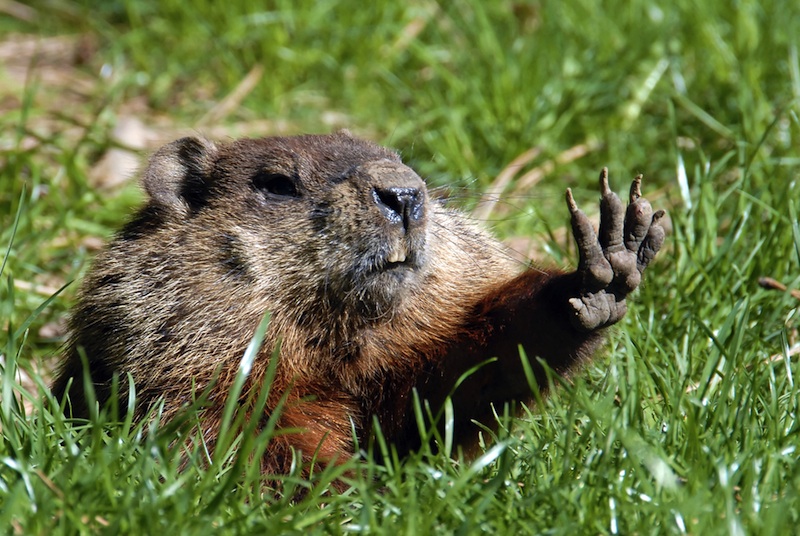Why Woodchucks Don't Upchuck

Rodents don't puke, and now researchers understand why. They apparently lack both the brains and bodies for vomiting.
Future research could help lead to better anti-vomiting therapies for patients with cancer and other disorders, scientists added.
Rodents make up about 40 percent of all mammal species. Many rodents are small and have fast rates of growth and reproduction, making them useful in lab experiments, and mice and rats are commonly used by scientists to learn more about human medicine.
Curiously, lab rats and mice appear to have one-way digestive systems: They don't throw up. This can make it difficult to see when they get sick from something they have eaten or medicine they have taken.
"They don't serve as good animal models for studies that we'd want to do to help alleviate nausea and vomiting after chemotherapy for cancer, or after surgical operations," said researcher Charles Horn, a neuroscientist at the University of Pittsburgh Cancer Institute. [5 Foul Things That Are Good For You]
No upchucking here
To see if all rodents cannot vomit, Horn and his colleagues analyzed members of all three major groups of rodents — the mouse-related rodents, such as mice, rats, voles and beavers; the squirrel-related rodents, such as mountain beavers; and the Ctenohystrica, such as guinea pigs and nutria. Chemicals known to cause vomiting failed to produce either retching or vomiting in any of these species.
Get the world’s most fascinating discoveries delivered straight to your inbox.
"Lack of vomiting appears to be a general property among rodents, not something specific to just the rodents we use in laboratory research," Horn told LiveScience.
To see why rodents cannot vomit, Horn and his colleagues analyzed their anatomy. They found rodents had bodily constraints that would limit how much they could vomit even if they could attempt it. This included reduced muscularity of the diaphragm, the thin sheet of muscle underneath the lungs, as well as a stomach that is not structured well for moving contents up the throat.
The researchers also investigated the brainstems of lab mice and rats. When given compounds that normally trigger nausea in other animals, the researchers saw less nerve, mouth, throat and shoulder activity normally linked with vomiting. This suggests they lack the brain circuits for throwing up.
Why not vomit?
Rodents are unusual, as the vomiting reflex is widespread among mammals, seen in cats, dogs and primates. Horn suggests rodents may have lost the capability to vomit because they evolved other defensive strategies to replace it. For instance, rodent responses to taste may make them better at avoiding toxins that can sicken or kill them. Rodents also eat clay when sick, which apparently can latch onto dangerous materials and keep their bodies from absorbing them, he said.
Horn and his colleagues are currently studying vomiting using musk shrews, which are mouse-size insect-eating creatures that are not rodents and can vomit. By comparing rodents with animals that can throw up, scientists might be able to isolate the brain circuits underlying vomiting and nausea.
"This could help lead to breakthroughs to help lessen nausea and vomiting in cancer patients and surgical patients," Horn said.
The scientists detailed their findings online April 10 in the journal PLOS ONE.
Follow us @livescience, Facebook & Google+. Original article on LiveScience.com.



